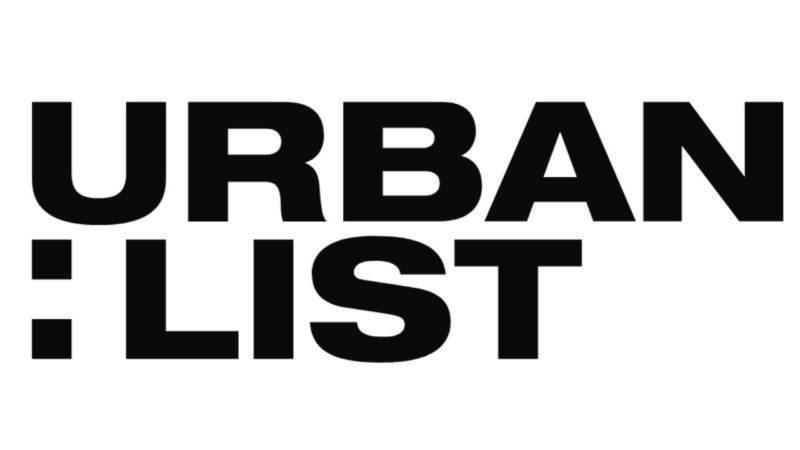Urban List research finds gap between consumer sentiment and the media and marketing industry
Urban List has released the findings of its latest research report — The Big Still — revealing insights from 10,000 Australians and 100 representatives across the media and marketing industry during its 2021 Urban List Upfronts webinar.
The Big Still explores two core themes — community and culture — highlighting the pandemic-fuelled shifts in sentiment likely to stick longer-term; the impact of these changes on Australians’ lifestyles and spending decisions; and where consumers’ views contrast starkly with those shared by media and marketing professionals.


